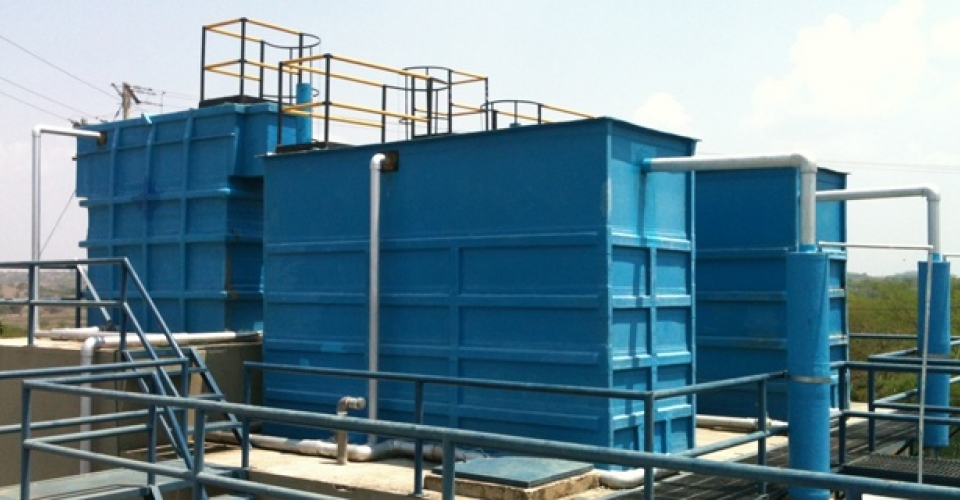Memberane Bio-Reacter

What Are MBR?
The term ‘membrane bioreactor’ (MBR) is generally used to define wastewater treatment processes where a perm-selective membrane e.g. microfiltration or ultrafiltration is integrated with a biological process – a suspended growth bioreactor.
MBRs differ from ‘polishing’ processes where the membrane is employed as a discrete tertiary treatment step with no return of the active biomass to the biological process.
All commercial MBR processes available today use the membrane as a filter, rejecting the solid materials which are developed by the biological process, resulting in a clarified and disinfected product effluent.
A membrane bio reactor is essentially a version of the conventional activated sludge (CAS) system. While the CAS process uses a secondary clarifier or settlement tank for solid/liquid separation, an MBR uses a membrane for this function. This provides a number of advantages relating to process control and product water quality.
Uncoupling HRT and SRT
A significant advantage of the membrane bioreactor process is that the sludge solids are completely retained in the bioreactor. This means the solids retention time (SRT) in the bioreactor can be completely controlled separately from the hydraulic retention time (HRT).
This is different from the CAS process, where the flocculent solids (‘flocks’) that make up the biomass have to be allowed to grow in size to the point where they can be settled out in the secondary clarifier. In a CAS, the HRT and SRT are therefore coupled, since the flock size and thus its satiability relate to the HRT.
High quality effluent
The small pore size (<0.5 µm) of the membrane means that the treated effluent is of very high clarity and significantly reduced pathogen concentration. MBR processes provide a substantially clarified and disinfected effluent of high enough quality to be discharged to sensitive receiving bodies or to be reclaimed for applications such as urban irrigation, utilities or toilet flushing.
Small footprint
The retention of the solids and the increase in SRT to generate higher biomass solids concentrations also impacts on the plant footprint. The increased concentrations mean that the same total mass of solids is contained in a smaller volume, such that the footprint is smaller.
Better Bio Treatment
Lastly, the longer solids retention times tend to provide better bio treatment overall. The conditions encourage the development of the slower-growing microorganisms, specifically nitrifies. MBRs are especially effective at the biological removal of ammonia (‘nitrification’)
The continuing growth of membrane bioreactor technology
While MBR technology is not always the best wastewater treatment solution – it can sometimes be more expensive than other solutions, for example – MBRs are increasingly becoming the technology of choice for water and wastewater applications where high quality treated water is required, or where space is limited.
MBRs have now been implemented in more than 200 countries and global market growth rates of up to 15% are regularly reported in various market analyses. Confidence in the process still appears to be increasing as the number and size of reference installations grows further, with a number of plants over 100 MLD in capacity (expressed as peak daily flow) now having been installed.
Although the market is still dominated a few established global players, the number of technology suppliers continues to expand. Similarly, the technology itself continues to undergo development, with over 60 MBR membrane module products available on the market today.
▹MBR market
▹Membrane terms
▹Membrane materials
▹Membrane applications


